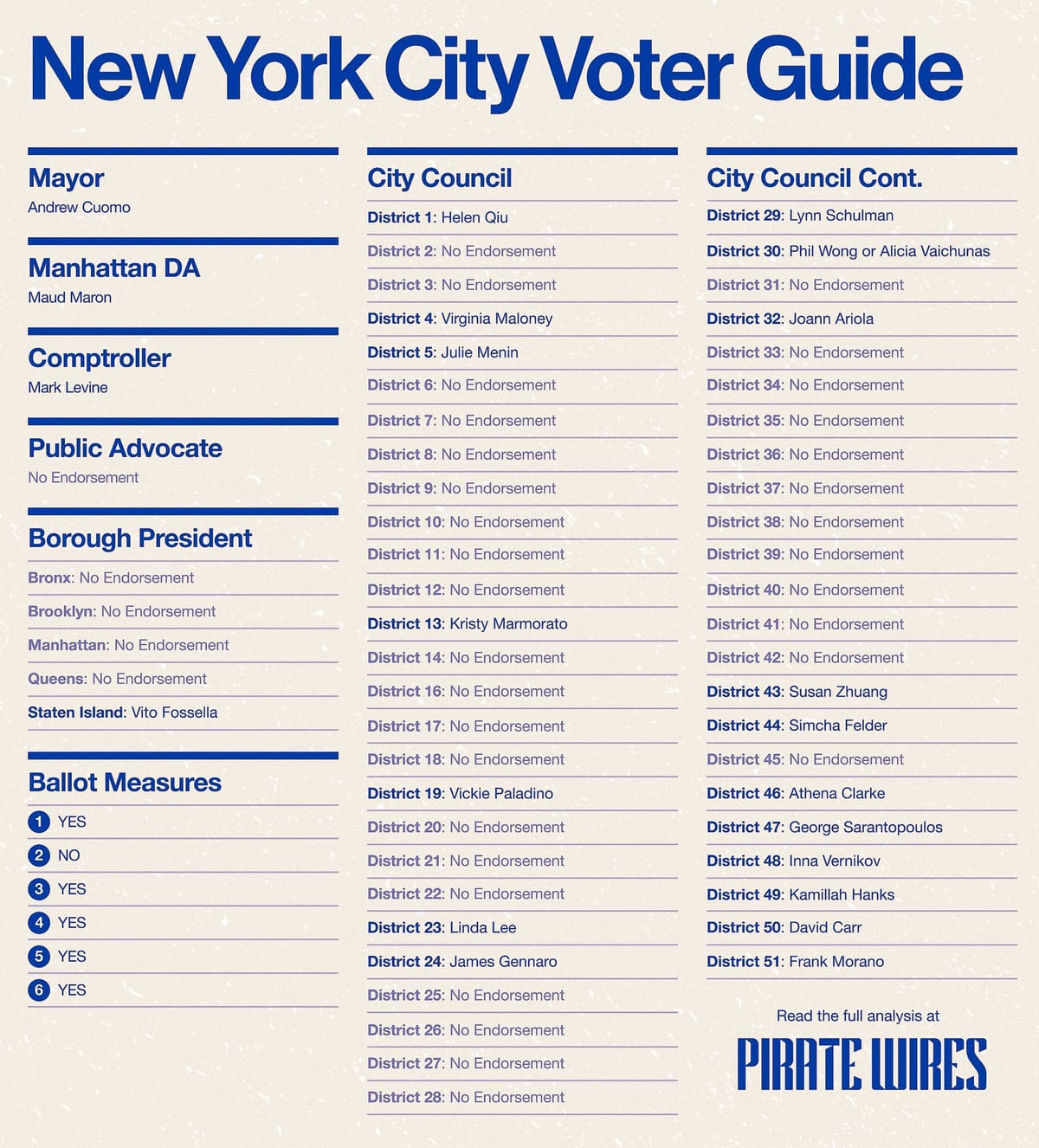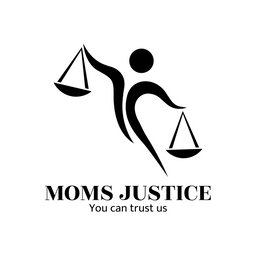A Test of Jewish Political Power: What the Jews for Zohran Controversy Reveals About America's Future
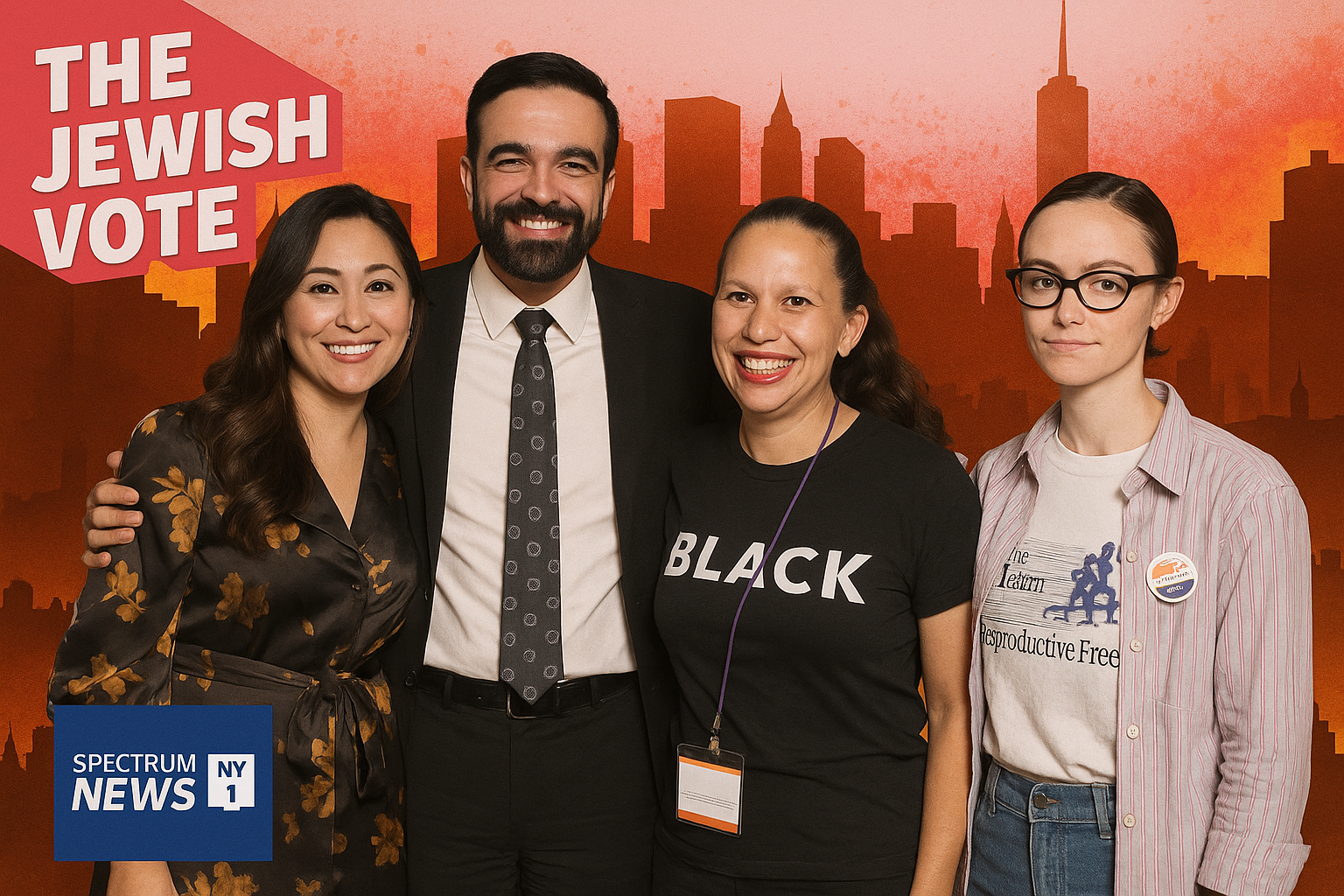
"The litmus test of any society’s commitment to freedom is its treatment of the Jews... Anti-Zionism is the new antisemitism." Natan Sharansky
When over 1,000 rabbis across America break their typical political silence to oppose a single candidate just days before an election, it signals something beyond the ordinary cycle of campaigns and endorsements.
Last week, more than a thousand rabbis and cantors signed "A Rabbinic Call to Action: Defending the Jewish Future," mounting an unprecedented intervention against Zohran Mamdani, the Democratic Socialist who won New York City's mayoral primary in June and now leads the November race. The letter represents a watershed moment—not just for New York, but for how the American Jewish community will navigate a new political terrain where anti-Zionism has become mainstream within progressive circles.

The rabbis' concerns are specific and grounded in Mamdani's public record. He has refused to condemn the slogan "globalize the Intifada"—widely understood as calling for Palestinian armed resistance that has historically targeted Israeli and Jewish civilians. When pressed during debates, Mamdani initially declined to repudiate the phrase. Only after the primary, when facing general election scrutiny, did he say he would "discourage" the term while acknowledging it makes some Jews scared. He has denied Israel's legitimacy as a Jewish state, stating only that it should exist with "equal rights for all," a formulation that implicitly rejects the Jewish character of Israel and effectively equates Zionism with racism. Most seriously, he has accused Israel of committing genocide in Gaza—a maximalist framing that transforms military policy disagreements into allegations of crimes against humanity.
Rabbi Ammiel Hirsch of the Stephen Wise Free Synagogue crystallized the fear animating the letter: such stances "delegitimize the Jewish community and encourage and exacerbate hostility toward Judaism and Jews." Rabbi Elliot Cosgrove of Park Avenue Synagogue went further, warning that Mamdani's distinction between accepting Jews as individuals while denying a Jewish state traffics in "the most dangerous of tropes"—the ancient formula that permits Jews as people while rejecting Jewish self-determination. Cosgrove urged his congregation not merely to vote against Mamdani but to persuade other Jews to do the same. The letter itself declared: "We will not accept a culture that treats Jewish self-determination as a negotiable ideal or Jewish inclusion as something to be 'granted.' The safety and dignity of Jews in every city depend on rejecting that false choice."
I'm very thankful to @RabbiCosgrove for speaking out against the danger of Mamdani!pic.twitter.com/QigupQkJpJ
— Rabbi E. Poupko. #IStandWithIsrael 🇮🇱 (@RabbiPoupko) October 19, 2025
Among the roughly 60 New York City rabbis who signed were leaders of major institutions: Rabbi Joshua Davidson of Temple Emanu-El (where Michael Bloomberg worships), Rabbi David Ingber of the progressive Romemu congregation, and Rabbi Chaim Steinmetz of the Orthodox Congregation Kehilath Jeshurun. The breadth of denominational support—Reform, Conservative, and Orthodox rabbis standing together—underscored that opposition transcends the usual ideological divisions within American Judaism.
This is not an abstract theological debate. It reflects a hardening reality: in America's largest Jewish community, a candidate whose positions most Jewish leaders consider dangerous to Jewish security could very well become mayor. Mamdani's primary victory with 56 percent of the vote sent a signal: anti-Zionist rhetoric is not a disqualifying position in New York Democratic politics. It is increasingly normalized.
‘Jews for Zohran’ Mamdani group tied to niece of lefty China-based billionaire https://t.co/z0fSZbE9Le pic.twitter.com/dL7MCgdL8t
— New York Post (@nypost) July 12, 2025
The Architecture of Political Legitimacy: How Jews for Zohran Works
Yet behind Mamdani's campaign stands a carefully constructed infrastructure that his supporters argue has been overlooked: the "Jews for Zohran" apparatus. Understanding its origins and funding reveals how establishment gatekeeping has been circumvented to legitimize a candidacy that most mainstream Jewish leaders consider dangerous.
According to reporting by the New York Post, the political director of Jews for Zohran is Alicia Singham Goodwin, 33, who serves as political director of the nonprofit Jews for Racial and Economic Justice (JFREJ). The post reported that through voter targeting and phone banking, Goodwin coordinated efforts specifically designed to reach Jewish voters, telling radio hosts: "We had our own voter file and phone banks targeting Jewish voters, with Jews talking to Jews."
What makes this significant is Goodwin's family background—details that have received limited attention despite their obvious relevance to understanding the campaign's infrastructure and funding sources. Goodwin is the niece of Neville Roy Singham, a billionaire technology entrepreneur now based in Shanghai who has become one of the most influential funders of far-left activism in the United States. After selling his software company Thoughtworks for $785 million in 2017, Singham relocated to China, where he and his wife—CodePink co-founder Jodie Evans—operate what researchers describe as a global left-wing funding network.
The question of how foreign-connected billionaires are financing American domestic politics, particularly campaigns of candidates with anti-Israel platforms, warrants scrutiny. According to reporting by the Network Contagion Research Institute and detailed investigations by national security observers, Singham's network funds numerous organizations active in pro-Palestinian activism in the United States. This includes backing for the People's Forum, a New York-based organization whose storefront displays Cuban, PLO, and Venezuelan flags and whose leaders have characterized Hamas's October 7 attacks as "unprecedented liberation struggle."
Goodwin's family connections extend further. Her mother, Shanti Singham, holds a leadership position at China's state-run East China Normal University and has promoted Confucius Institutes, which have faced criticism for spreading Chinese government influence in academic and cultural spaces. Her father, Daniel Goodwin, worked as counsel and an executive at Thoughtworks, suggesting long-standing proximity to the Singham family network.
These connections matter because they illuminate how political legitimacy is being constructed around an anti-Israel candidacy in America's most important Jewish city. Jews for Zohran operates as a buffer—using Jewish identity and framing to shield a candidate whose positions most American Jews oppose from accusations of antisemitism. That this apparatus is connected to foreign-based billionaires with documented ties to radical movements raises legitimate questions about whose interests are being served.
The group's effectiveness cannot be dismissed. JFREJ, through its electoral arm The Jewish Vote, secured endorsements from prominent Jewish officials including New York City Comptroller Brad Lander and U.S. Rep. Jerry Nadler. These endorsements, in turn, provided political cover that complicated the narrative among Jewish voters. When sitting Jewish politicians are publicly backing a candidate, many Jewish voters reasonably assume serious concerns must be overblown.
Here's another example of Zohran Mamdani disgustingly attempting to make himself the victim of September 11th.
— MAZE (@mazemoore) October 25, 2025
Mamdani (was a privileged rich kid who went to elite private schools) regularly uses 9/11 to paint NYC as racist and islamophobic. pic.twitter.com/mFeD8HsD2V
The Larger Stakes
This moment crystallizes a central question for American Jewish political power: as the coalition that once anchored Democratic support for Israel fractures, what mechanisms preserve Jewish security and dignity in American democracy? How are political frontiers being redrawn when the infrastructure supporting an anti-Zionist candidate includes family networks connected to foreign funding sources and international activist movements?
The numbers tell the story. While Mamdani has captured approximately 43 percent support among Jewish voters in recent polling—suggesting significant fracturing along generational lines—the infrastructure enabling his candidacy extends far beyond New York. Anti-Zionist candidates are running for mayors' offices in Minneapolis, Somerville, and Seattle. According to organizers of the rabbinic letter, they understood their intervention as explicitly national in scope, not local. Jonathan Schulman, who led the effort to compile the letter, recalled rabbis telling him: "There's the issue of Zohran Mamdani and calls to globalize the intifada, but there's anti-Zionist candidates running for mayor in Somerville, in Minneapolis, Seattle—this is becoming normalized, this is becoming mainstream."
Jewish voters must confront an uncomfortable reality: the gatekeeping institutions that historically protected Jewish communal consensus have weakened considerably. Mainstream media treats Israel policy as one issue among many, rather than as a core security concern for the Jewish community. University administrations have abandoned clarity on antisemitism, often equivocating or deferring to identity-politics frameworks that subordinate Jewish concerns to broader progressive hierarchies. Democratic Party leadership has moved away from the reflexive pro-Israel positioning that characterized earlier eras. The financial constraints on Jewish philanthropy and institutions have eroded their ability to shape political outcomes. And now, sophisticated political operations funded from abroad—by billionaires with ideological commitments that transcend national borders—are systematically working to redefine who can claim Jewish identity and legitimacy in American politics.
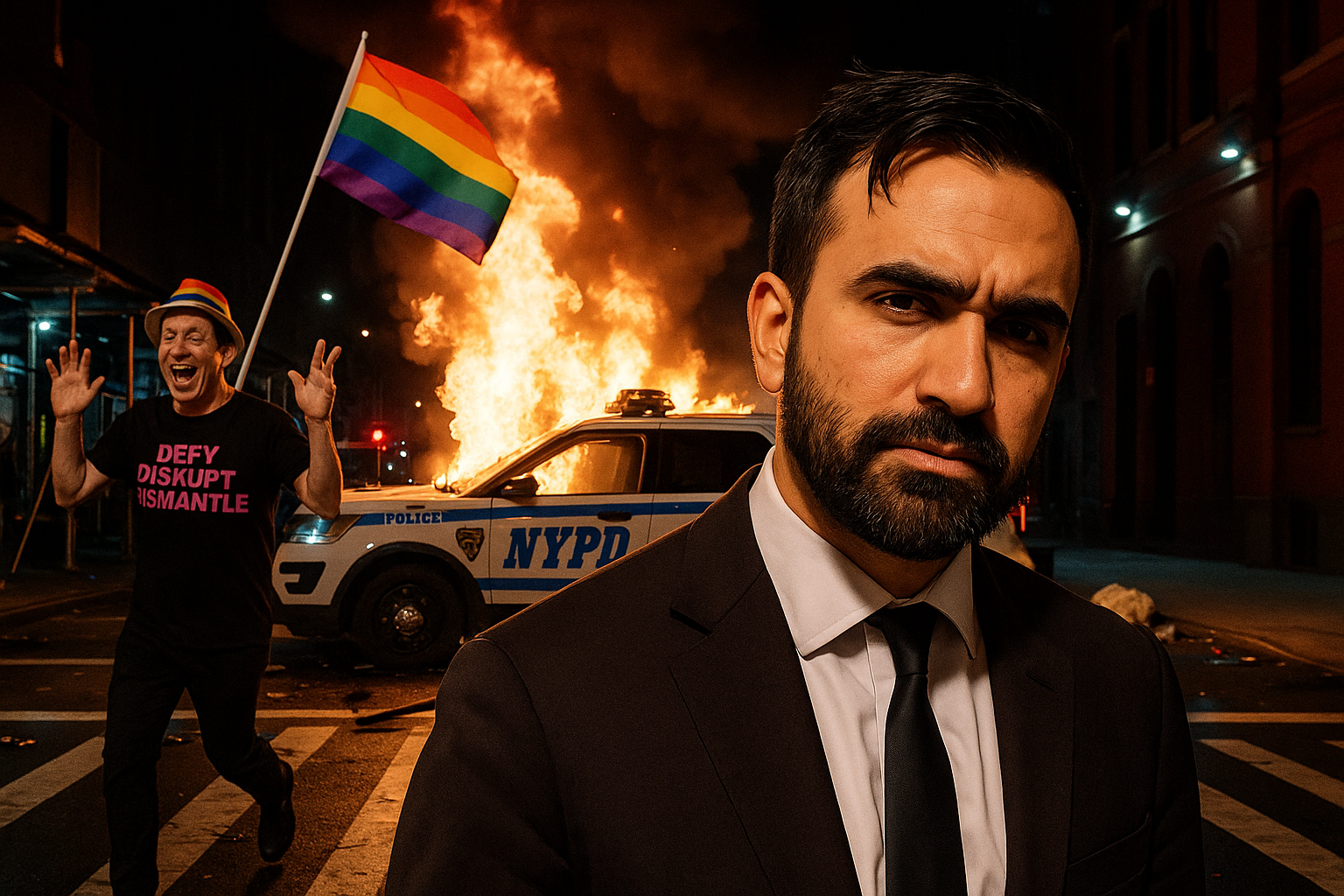
The role of organizations like Jews for Racial and Economic Justice and The Jewish Vote matters precisely because they do claim Jewish authenticity. When political operatives can point to Jewish faces, Jewish organizational infrastructure, and Jewish political language to legitimize an anti-Zionist candidate, it becomes vastly more difficult for mainstream critics to maintain that his positions represent a genuine threat to the Jewish community. The political cover is real. It works. It complicates messaging. It allows voters genuinely torn between competing concerns—housing affordability versus Israel policy—to believe they need not choose.
The rabbis' letter represents a return to directness. By casting a wide net across denominations and geographies—and reaching over 1,000 signatories, making it one of the most-signed rabbinic letters in American history—signatories signaled that this is not a factional dispute or narrow political position rooted in one rabbi's particular ideology. It is a communal defense, a drawing of lines about what is acceptable within the bounds of Jewish community life. The rabbis declared that Jewish self-determination is not negotiable, that inclusion cannot be "granted" conditionally, and that the safety of American Jews depends on rejecting false choices.
Yet the intervention's effectiveness remains uncertain. Some prominent New York City rabbis, including Elliot Cosgrove who inspired the letter, did not sign it—choosing instead to maintain that political involvement from the pulpit, even in matters of existential concern, compromises rabbinical leadership. Their silence, while rooted in principled positions about the role of clergy, nonetheless illustrates the fracturing that Mamdani's rise has exposed.
Zohran is a pathological liar
— Shaun Maguire (@shaunmmaguire) October 16, 2025
He created a Students for Justice in Palestine Chapter in 2013
He has extremely strong opinions about the future of Hamas and Israel — he’s lying here
His deflection here is because he supports Hamas
Wake up NYCpic.twitter.com/pSSi9YHZkA
Whether the rabbinic letter succeeds—whether it persuades enough voters to shift the race, whether it establishes a durable norm about anti-Zionism and Jewish politics, whether it galvanizes Jewish political mobilization more broadly—will reveal much about whether American Jews retain meaningful political power to define their own future, or whether that power has already migrated to other hands and other agendas.
The answer will come on November 4. And with it, a clearer picture of what Jewish life in twenty-first-century America will look like, and whose interests will shape it.
